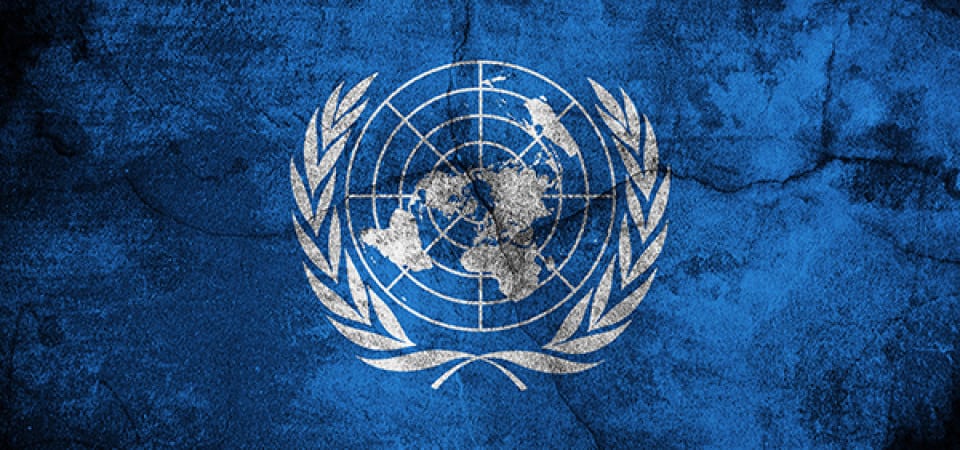1.What were for you meaningful moments during the discussions and talks at the Trusteeship Council Chamber?
I think the one meaningful moment would be when Joel Towers presented one of the thesis artworks of an illustration major undergraduate. It was a illustrated comic entitled, The Earth and I.” I find it very empowering, thinking that I would be able to accomplish such high-quality work and convey my idea to the public at the end of my four-year journey at Parsons.
- How did you experience Lauren Redniss’way of telling stories? Do you think her artform of pushing the way text and drawing interact has the capacity to reach people differently, can transport information of complexities in new ways?
I find Lauren Redniss’s artwork very compelling and innovative. First of all, her artistic style already draws more attention from the reader than other illustrations do. I would claim that her style is not mainstream, but attractively strange. You would not understand her drawings on the first glimpse, but they make you want to dig deeper into the text. The color combination is also a big attraction. Some drawings have simplistic looks, but it is still meaningful and aesthetic. The text and the image are somehow inseparable. Lauren Redniss said it would create a void if it lacks either the text or the image. The text explains the image; the image empowers the text. I think it is cleaver to use the void as part of the meaning of the image. I appreciate how she use this void to portray accurate climate issues, like the foggy weather. I think her way of addressing the global issue through compelling image and poetic text can be a new method provoking people’s awareness of sustainability.
- Timo Rissanen asked you to create a future that embodies possibilities after laying out some of the large issues in the fashion system. What are some perspectives Timo gave that helped you to envision change on a bigger scale in the fashion industry?
The fashion industry is a global industry. From raw materials, production, shipping to sale, a piece of garment involve more than 20 countries in the world. I find it very shocking, but at the same time, I wonder who is paying for all those carbon-based action and cooperation. Globalization has two sides. Indeed, it benefits people from all over the world, connecting culture and shortening the distance. However, it causes a higher consequence. Another issue in the Fashion Industry is our unhealthy relationship with trend and brand. Each year, we produce way more clothes than we actually need or even buy. A third of brand new clothes are not being sold. There are even brands that burn their new clothes just for not saling them cheaply. I think we need to seriously think about how can we deal with those overproduced garments in order to change the fashion system. He also highlights the concerns about the harm of microplastics to human and other species.
- Joel Towers talked about the context we are living in and the importance of redesigning our designed world. As an aspiring designer, artist, business innovatorhowdoyou envision new possibilities that could contribute to a paradigm shift in how we design, what we offer with our art, how we rethink existing business structures? (paradigm shift: a fundamental change that happens when the usual way of thinking about (or doing something is replaced by a new different way)
In order to change the system, it has to start with the inside. As future designers, our generation has to keep sustainability in mind, conveying this mindset in our art and design, influencing other designers and leaders, and educating the public. The concept of redesign design is mind changing to me just like design to other people. We should design in a bigger perspective. This concept reminds the outdated urban planning in my hometown years ago. The system design is not sustainable and sophisticated enough for future development. The old system eventually cannot stand the high-speed development in my hometown, causing so many problems. If urban designers back then can have a long-term plan, there would not be so many problems that we need to compromise with. Every design decision is crucial because it affects everything in the system. As an aspiring designer, we have to think out of the box, not limiting ourselves within solving current problems, but improving the system as the “street-smart” solution.
- Walking out of the UN after the event how did the evening impact you? Did you leave hopeful, concerned, overwhelmed, inspired? Explain.
I think this event raise me a lot of concerns that I have never thought of. I never know that our laundry system would produce unsustainable microplastics that would end up in the ecosystem. It also frightens me that the laundry system that we have right now has been around over the decades. I can not imagine how much microplastics have entered the ecosystem and into our bodies. I am also inspired by this event because I can see designers with an innovative and environmental friendly mindset, leading the future of design into a sustainable cycle.
